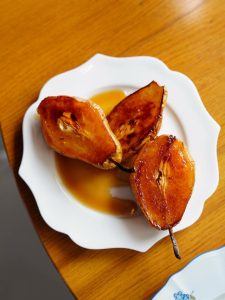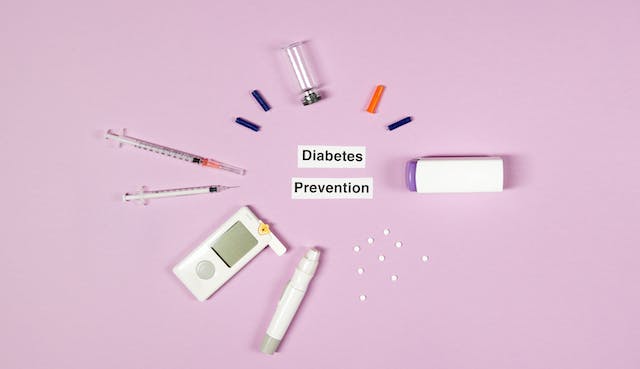Introduction:
Meet Miguel, our resident expert on diabetic dilemmas. With years of experience and an in-depth understanding of managing blood sugar, Miguel is here to guide you through the complex world of fruit consumption for diabetics. In this article, we will uncover the science behind how different fruits affect blood sugar levels, providing you with valuable insights to make informed choices. Before we dive into the world of fruits, it’s essential to grasp the concept of Glycemic Index (GI). The GI ranks foods based on how they affect blood sugar levels. Miguel breaks it down for us, explaining effectively.
Top Low-GI Fruits
Berries (GI: 40-53): Berries like strawberries, blueberries, and raspberries are excellent choices for diabetics. They are not only low in GI but also packed with antioxidants and fiber, which help stabilize blood sugar.
Apples (GI: 38-48): Apples are a classic choice. They provide a steady release of energy and are rich in fiber, keeping you feeling full and satisfied.
Pears (GI: 33-45): Pears are another great option with a low GI. Their high fiber content makes them an ideal choice for those looking to manage their blood sugar levels effectively.
Cherries (GI: 20-25): Cherries have one of the lowest GI values among fruits. They also contain anthocyanins, which may have anti-inflammatory properties.
Grapefruit (GI: 25-38): Grapefruit is known for its potential to improve insulin resistance. It’s a fantastic choice for those with diabetes.

Moderate-GI Fruits
Bananas (GI: 42-62): Bananas are delicious but have a moderate GI. Miguel suggests eating them when they are slightly under-ripe to minimize their impact on blood sugar.
Oranges (GI: 31-51): Oranges are packed with vitamin C and fiber. Opt for whole oranges instead of orange juice to benefit from the fiber content.
Grapes (GI: 43-53): Grapes have a moderate GI, and portion control is key. A small handful can be a satisfying snack.
Kiwi (GI: 47-58): Kiwi is not only delicious but also provides essential nutrients. Eating it in moderation is recommended.
Mango (GI: 51-60): Mangoes have a higher GI but can still be enjoyed in small quantities. Miguel advises combining them with lower-GI foods.

Fiber Factor
Dietary fiber plays a pivotal role in blood sugar management. Learn how fiber content in fruits can influence your choices and contribute to better control of your diabetes. Fiber is a non-digestible carbohydrate that slows down the absorption of sugar in the bloodstream. It’s a valuable ally for diabetics, as it can help stabilize blood sugar levels. Fruits that are high in fiber tend to have a lower GI, making them suitable choices for managing diabetes.
Fruits with Other Foods
Miguel shares valuable advice on creating balanced meals that incorporate fruits while ensuring your blood sugar remains stable. It’s all about the right combinations. When it comes to managing blood sugar, Miguel recommends combining fruits with foods that have a lower GI. For example, pairing a high-GI fruit with a source of protein and healthy fats can help slow down the absorption of sugar, reducing the risk of blood sugar spikes.
Table:
| Fruit | GI Value Range |
|---|---|
| Berries | 40-53 |
| Apples | 38-48 |
| Pears | 33-45 |
| Cherries | 20-25 |
| Grapefruit | 25-38 |
| Bananas | 42-62 |
| Oranges | 31-51 |
| Grapes | 43-53 |
| Kiwi | 47-58 |
| Mango | 51-60 |
| Watermelon | 72-80 |
| Pineapple | 56-66 |
| Dates | 42-62 |
Conclusion:
In the concluding section, we recap the crucial points discussed in this article and empower you to make informed decisions about including fruits in your diet while managing your blood sugar effectively. In your journey to manage diabetes, knowledge is your greatest asset. Understanding the Glycemic Index and how different fruits impact your blood sugar levels is a significant step toward making informed choices. By incorporating low-GI fruits, practicing portion control with moderate-GI options, and being cautious with high-GI fruits, you can enjoy a variety of fruits while effectively managing your blood sugar. Remember that dietary fiber is your ally, helping you maintain steady blood sugar levels, and combining fruits with other low-GI foods can further enhance your diabetes management. Miguel’s top picks provide you with practical options for delicious and blood sugar-friendly fruit combinations




